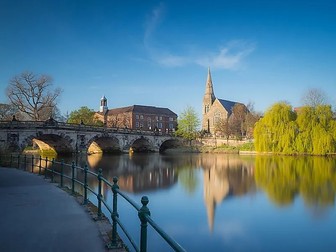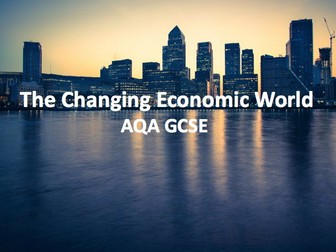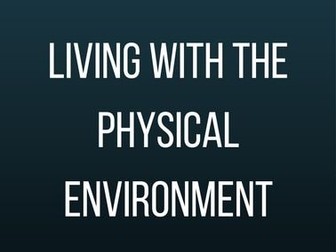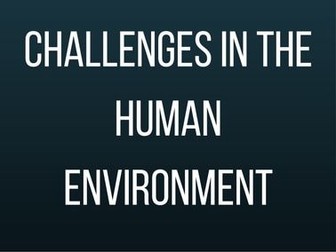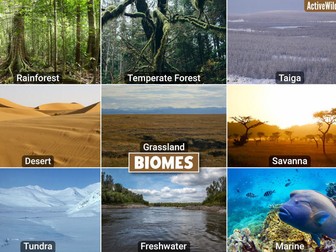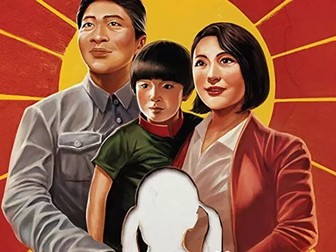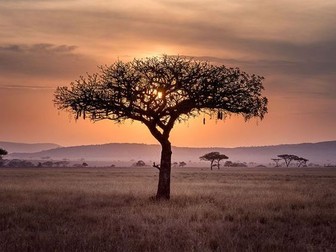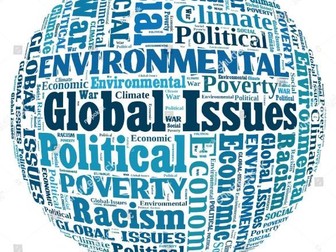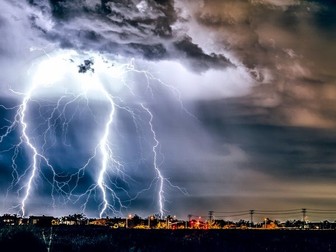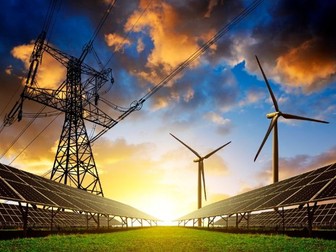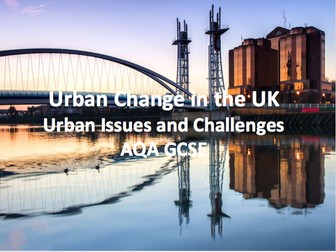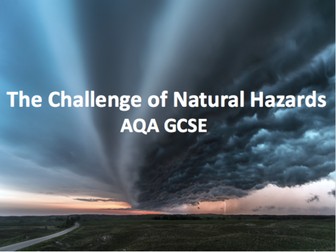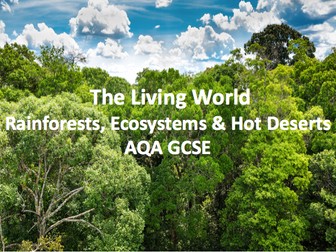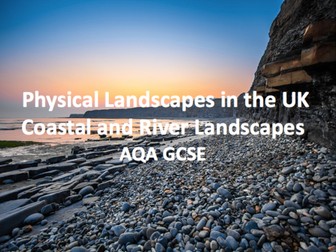Rivers SOW
<p>The ‘Rivers’ scheme of work is designed for KS3 geography students to develop a holistic understanding of the formation of rivers, the creation of their distinctive landscapes as well as how human’s are impacting river processes. This scheme of work also includes a revision lesson, an assessment in addition to assessment feedback lessons. The lessons cater for mixed ability through additional support in the form of writing frames, success criterion in addition to challenge tasks.</p>
<p>Each lesson features resources that are either integrated within the powerpoint presentation or separate in the form of microsoft word documents.</p>
<p>The scheme of work is comprised of the following lessons:</p>
<ol>
<li>How does water move around our planet? (water cycle)</li>
<li>How does water flow from the land? (drainage basin)</li>
<li>How do rivers change downstream?</li>
<li>How do rivers shape the land? (waterfalls, meanders and oxbow lakes)</li>
<li>How do rivers shape the land? (stop motion clay modelling)</li>
<li>How are rivers changing? (river pollution)</li>
<li>Revision</li>
<li>Assessment</li>
<li>Assessment feedback</li>
</ol>
